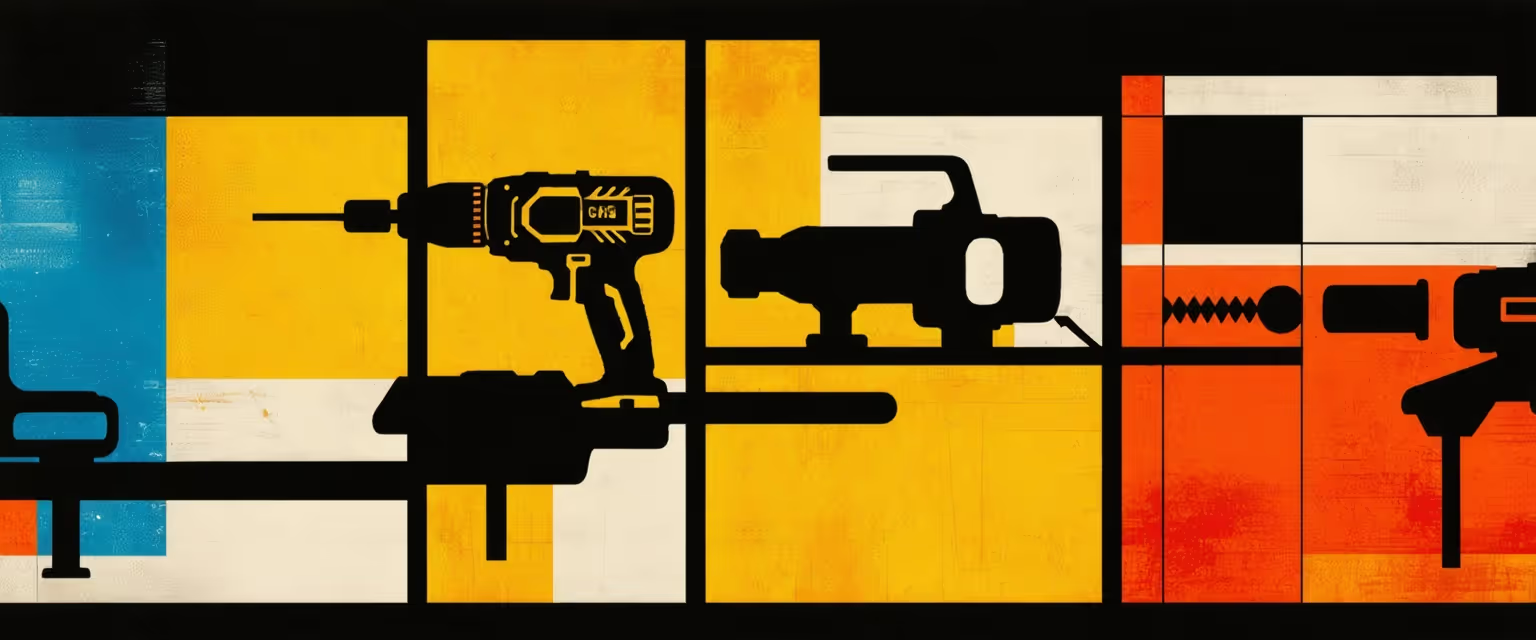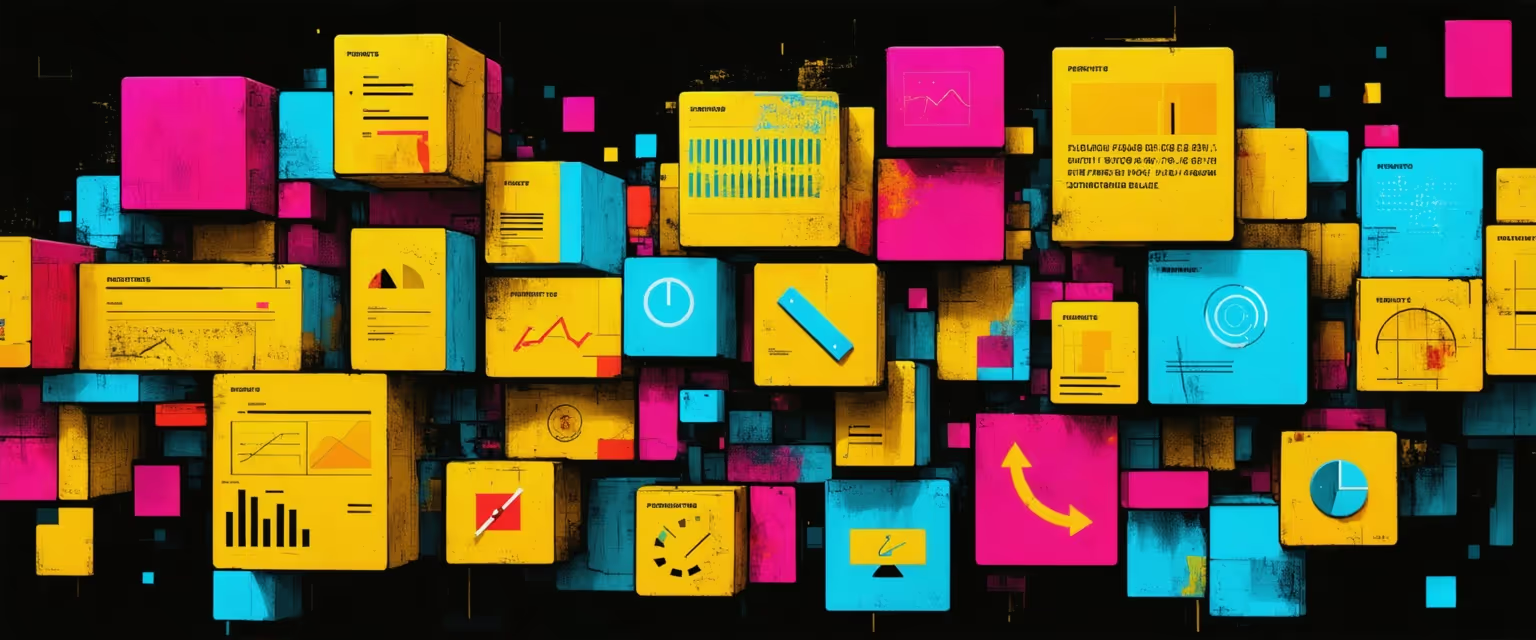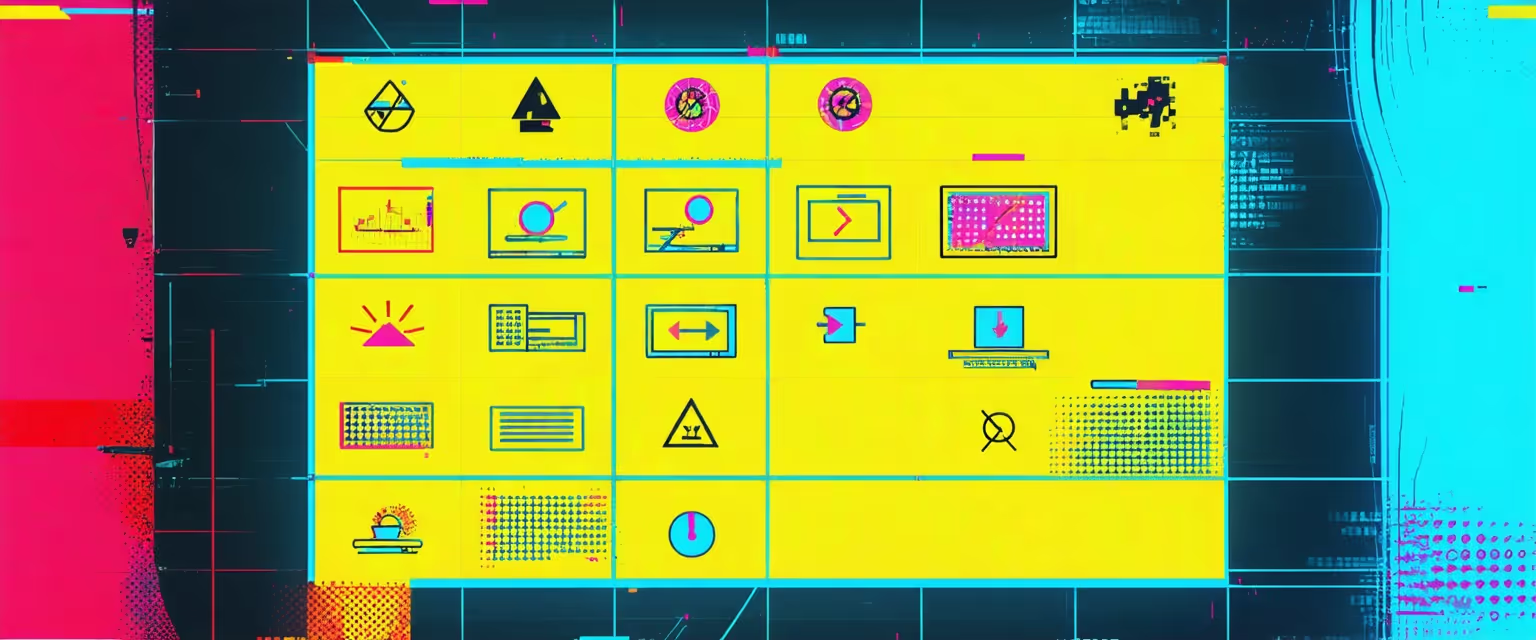All Posts
Construction - AI-Powered Construction Safety & Compliance
Boost Construction Safety: How AI Automates Hazard Detection Effortlessly

Discover how AI automates hazard detection in construction, enhancing safety and reducing risks. Learn about real-time monitoring, predictive analytics, and cost-saving benefits.
Managing safety on construction sites is a complex task. With countless hazards, heavy machinery, and ever-changing environments, keeping workers safe is a constant challenge for site managers. Traditional safety measures often fall short in detecting risks in real time, leading to accidents and inefficiencies. This is where AI automates hazard detection in construction, effectively identifying and mitigating hazards promptly to prevent incidents before they occur.
Agentic AI addresses this challenge, offering advanced solutions that simplify spotting potential dangers in real time. Integrating AI solutions into existing workflows can be a hurdle, but Datagrid's data connectors make a difference by seamlessly integrating AI capabilities with various construction platforms to enhance safety measures without overhauling current systems.
Overview Of The Landscape
Traditional safety measures in construction just aren't cutting it anymore. The industry is riddled with high-risk environments, and it's tough to keep up. AI automates hazard detection in construction by continuously scanning sites and analyzing conditions to prevent accidents before they escalate. It's not just about stopping incidents; it's about streamlining operations, reducing manual oversight, and setting new benchmarks for safety standards.
Current Challenges
Bringing AI into construction isn't always easy. The hardware involved, like sensors and cameras, along with algorithms that require data, demand a hefty investment of time and resources. Smaller companies might shy away, worried about upfront costs or disrupting their daily routines.
Additionally, construction sites often produce messy, inconsistent data, which isn't ideal for AI systems that need clean and structured information. This highlights the importance of enhancing efficiency in data preparation and management.
Common Safety Violations
Even with safety advancements, common lapses like not wearing protective gear or skipping mandatory procedures persist. Traditional monitoring leans heavily on human vigilance, which can slip when workloads increase. AI steps in by automating the detection of these safety violations, similar to how it assists in automating verification processes in other industries, working around the clock to spot mistakes or missed steps.
Complexity of Incorporating Innovation
Introducing AI to busy site managers isn't just a matter of flipping a switch. There's training involved, legacy systems need clean data, and there's often cultural pushback against anything labeled "new tech." Educating stakeholders on how AI can boost safety and the bottom line is essential. Winning them over clears the path for fewer accidents and a more productive workforce.
How AI Automates Hazard Detection in Construction
Technologies like IoT devices, sensor arrays, and computer vision are changing hazard detection. They automate tasks that used to be manual and make risk assessments more precise, effectively automating complex workflows. Networked devices collect data streams, and machine learning algorithms sort through it all to pinpoint trouble spots—often before any human would notice.
IoT sensors placed in high-risk areas send real-time data to a central hub, so site managers get alerts when something's off. By combining sensor data with AI-driven predictive analytics, we can forecast equipment failures, structural issues, or environmental hazards—and catch them in time to prevent a crisis. Tools like "Hazard Identification Pro" analyze the organizational context to deliver targeted insights, reflecting how seasoned safety managers think.
Real-Time Monitoring and Predictive Analytics in Automated Hazard Detection
Real-time monitoring equips construction sites with smart cameras and sensors that keep an eye out for unsafe behaviors, machine overloads, and other warning signs. When a risk pops up, site managers receive an immediate alert to intervene. Predictive analytics goes further by analyzing historical patterns along with current data, helping managers allocate resources where problems are most likely to happen using intelligent automation.
Mimicking Human Cognition
AI's real power is in thinking more like a human than a robot. Systems like SoterAI Hazard Identification Pro understand how experts conduct safety checks, delivering faster and more detailed evaluations. This human-like cognition bridges the gap between automated efficiency and human intuition, making for more accurate decisions when lives are at stake, leveraging AI-powered monitoring.
Benefits of Automating Hazard Detection with AI
AI-driven automation is reshaping safety by cutting down on human error—the kind that slips in when workers are tired, rushed, or overloaded. By utilizing AI agents for data validation, companies can ensure the accuracy of their safety systems. Some systems even monitor signs of fatigue, like yawning or drooping eyelids, and alert supervisors. By catching these risks early, AI helps companies reduce serious incidents.
Efficiency and Cost-Saving
Beyond safety, AI cuts costs. Robotic equipment takes on hazardous tasks, allowing people to focus on safer, strategic roles. Devices like the Material Unit Lift Enhancer reduce heavy lifting, lowering injury risks that can lead to costly claims and delays. Machine learning and sensor networks monitor potential breakdowns, ensuring operations run smoothly and reducing legal liabilities.
Additionally, AI streamlines administrative processes, such as automating proposal comparisons, freeing up time and resources. This combination of safety and savings makes AI a smart move for forward-thinking companies.
Implementation Concerns in Automating Hazard Detection with AI
While AI boosts safety and efficiency, it raises issues around privacy and fairness. Any system tracking personal behavior needs strong safeguards. One approach is a need-to-know policy that filters out sensitive information, keeping only what's necessary to prevent incidents.
Algorithmic bias is another concern. If the AI's training data is skewed toward certain demographics, results can be uneven. Expanding the dataset and implementing strict checks can reduce these imbalances and maintain credibility.
Accountability matters too. Keeping records of AI decisions allows for error correction and builds user trust. Simple practices like routine audits ensure systems stay aligned with ethical standards and legal requirements.
Balancing Technology and Craftsmanship
We don't want to replace experience and craftsmanship with cold automation. A practical approach combines AI's analytical power with seasoned workers' judgment, maintaining a balance between automation and human insight. When AI takes care of surveillance, data entry, or repetitive tasks, experienced professionals can focus on decisions and problem-solving that need a human touch. This blend keeps field expertise intact while letting AI handle dangerous or repetitive tasks.
How Agentic AI Simplifies Construction Task Automation
For construction project managers handling complex projects and seeking to streamline operations, Datagrid's data connectors and AI agents offer a transformative solution. This powerful platform seamlessly integrates with critical construction management systems, automating documentation workflows and daily tasks to free up valuable time for project oversight and client relationships.
Imagine connecting your core construction software like Procore, PlanGrid, or Autodesk BIM 360 with Datagrid's AI-powered platform. Suddenly, RFPs, submittals, change orders, and daily reports flow effortlessly between systems, eliminating manual data entry and reducing communication gaps.
AI agents can automatically process incoming bid documents, cross-reference specifications against historical data, and flag potential issues for project manager review. They can even track permit status updates and deadline requirements across multiple jurisdictions.
Datagrid's integration capabilities extend far beyond just construction-specific software. It connects seamlessly with popular project management tools like Microsoft Project and Primavera P6, allowing your team to access real-time schedule updates and resource allocation data without switching between applications. Financial systems like Sage 300 or QuickBooks can be linked, enabling automated cost tracking and budget forecasting.
The real power of Datagrid lies in its ability to automate complex, time-consuming tasks:
- Document management - AI agents can analyze incoming submittals, RFIs, and change orders, extract critical information, and route them to appropriate team members. This dramatically speeds up review cycles and keeps projects moving forward.
- Safety compliance - By connecting to safety management systems, the platform can automatically monitor incident reports, equipment certifications, and worker qualifications, triggering alerts for any compliance issues.
- Progress tracking - The platform can monitor daily reports, photos, and schedule updates across systems, generating automated progress reports and identifying potential delays before they impact the critical path.
- Communication - Integrations with platforms like Slack and Microsoft Teams ensure important updates, such as RFI responses or safety incidents, can be automatically routed to the right team members, ensuring swift action and collaboration.
By leveraging Datagrid's data connectors and AI agents, construction project managers can transform their operations. Routine documentation is handled automatically, data flows seamlessly between systems, and managers are empowered with AI-driven insights.
This allows your team to focus on what truly matters: delivering successful projects, maintaining client relationships, and growing your business in an increasingly competitive market.
Simplify Hazard Detection in Construction with Agentic AI
Ready to make your projects run smoother? Datagrid connects with essential construction platforms like Procore, PlanGrid, and BIM 360. Its AI dives into RFPs, spots bid discrepancies, automates submittals and change orders, and fine-tunes your schedule in real time. Smart algorithms analyze job site data to uncover design oversights, safety risks, or performance issues before they escalate.
According to industry insights, AI is catching conflicts and delays early in the building process by comparing BIM cloud models to what's actually happening on-site. This proactive approach reduces costly rework and keeps timelines on track. Give Datagrid a try to streamline your processes.
Create a free account now and see how simple it can be.












